Born in 1980, Mark Griffiths graduated with a degree in photojournalism from the University of Wales/Trinity St David in 2013. He is based in South and West Wales and works as a freelance photographer. Mark has been taking pictures for 7 years and predominantly works with film based cameras. He likes to explore and document the surrounding landscape and people within an area. “No matter how mundane a place may be, there is still a story to be captured.” Mark has a particular interest in photographing people as they give context to a narrative. Mark continues to photograph and document his beloved country and is working on new and exciting projects this summer.

Jenna aged 9, watches chickens feeding at the Cwnoernant farm in Carmarthenshire on the edge of the Landsker line. The Landsker line is an invisible but definite line that has been present for nearly a thousand years and divides the South West corner of Wales from the rest of the country.
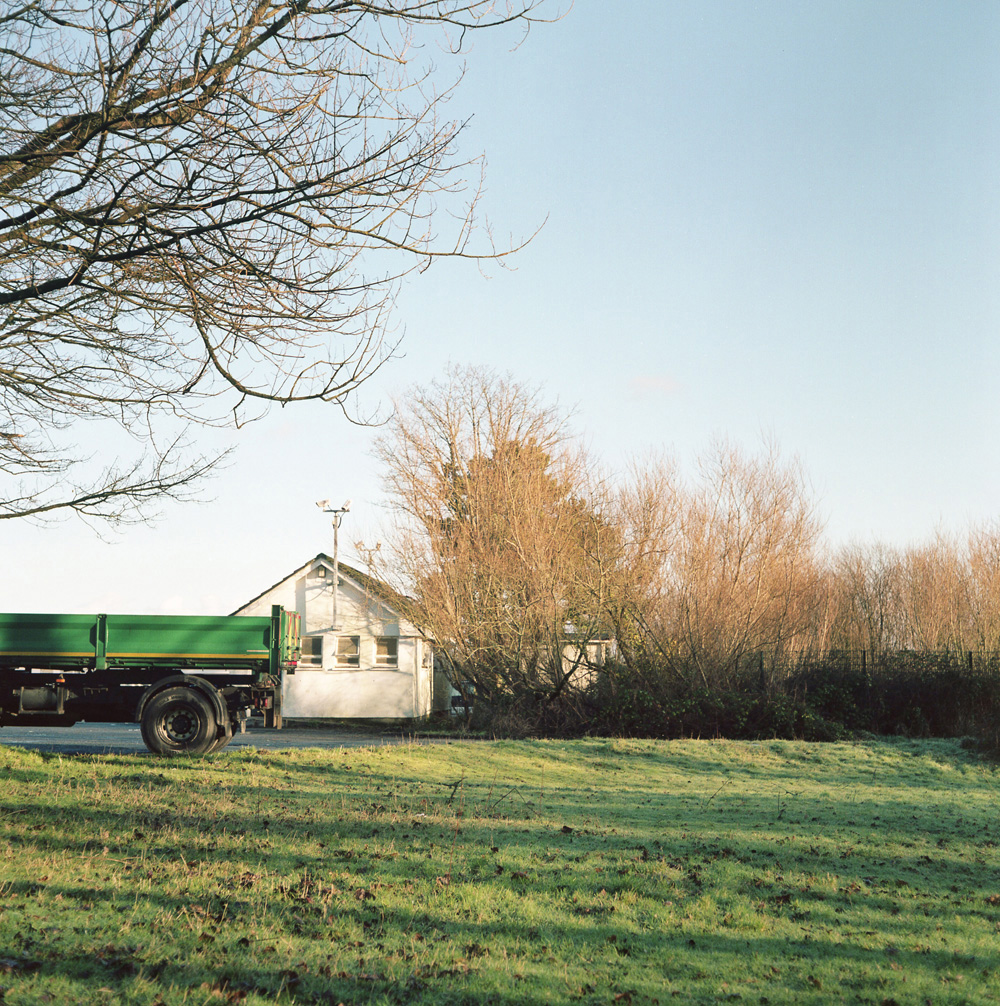
A lone truck parks at the toilet block in the village of Kilgetty a village immediately north of Saundersfoot in Pembrokeshire, Wales. Gypsy travellers and lorry drivers coming to and from Pembroke Dock often use the site.

Clive Law moved to Pembrokeshire 20 years ago from Reading near London. He was attracted to the natural beauty of the rural landscape. Here he sits at his local village hall in Penally.
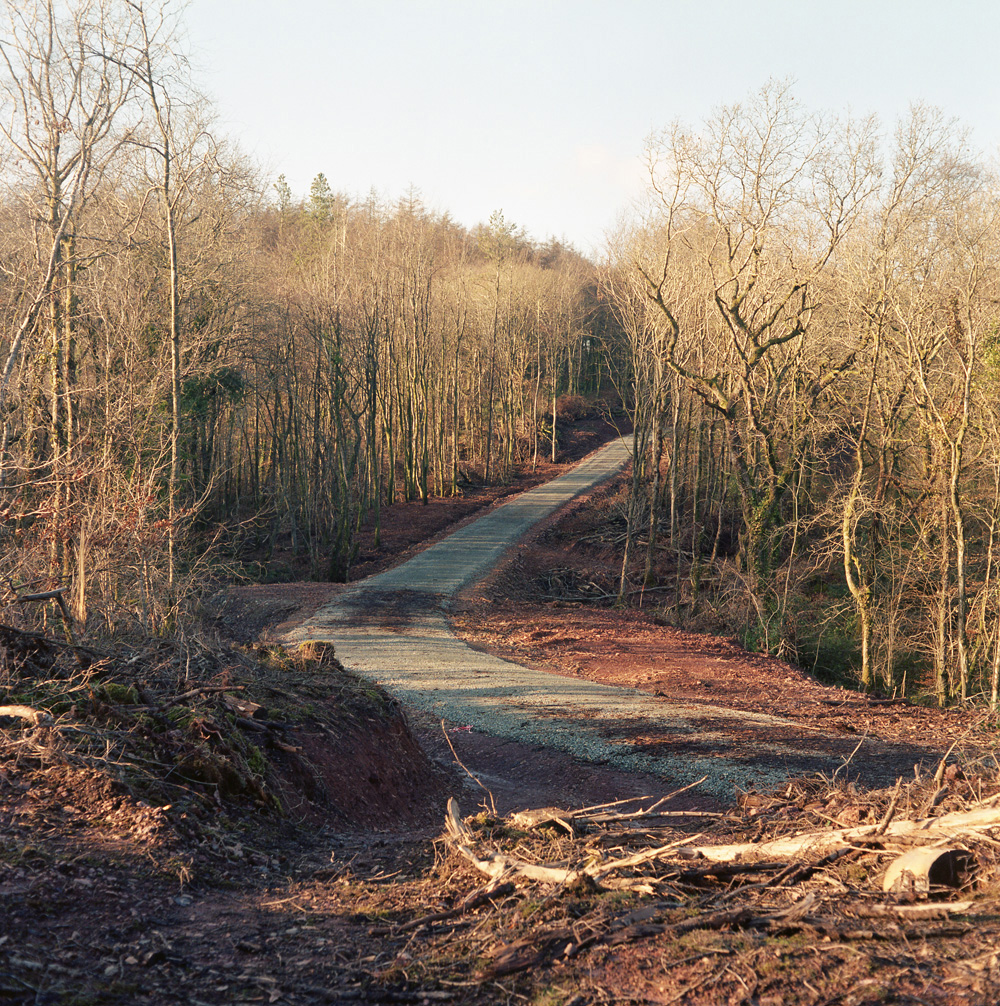
Steeped in history, southwest of Narberth and the northwest of Templeton, lays the ancient woodland of Minwear or Canaston Wood. There is 420-acres of land and the mighty oaks were left to grow so that they could be used for building ships in the harbors of Tenby and Saundersfoot Bay during the 17th centaury.
South of the Landsker
The Landsker line is an invisible but definite line that has been present for nearly a thousand years and divides the South West corner of Wales from the rest of the country. South of this line the people are of very mixed origins: Scandinavians, Normans, Anglo Saxons and Flemings as opposed to the Anglo/Celtic native heritage from the regions north of the line.
The people within this region are an eclectic mix of characters with a diverse range of cultural and historical backgrounds. The region has been described as “Little England Beyond Wales” due to the sheer number of emigrants to the area and the abundance of the Welsh language spoken.

Linda Blackwell moved from Canada to Pembrokeshire over ten years ago. She formed the Carmarthenshire ramblers club, a club dedicated to walking the historical paths once traditionally walked by pilgrims and travelers hundreds of years ago.
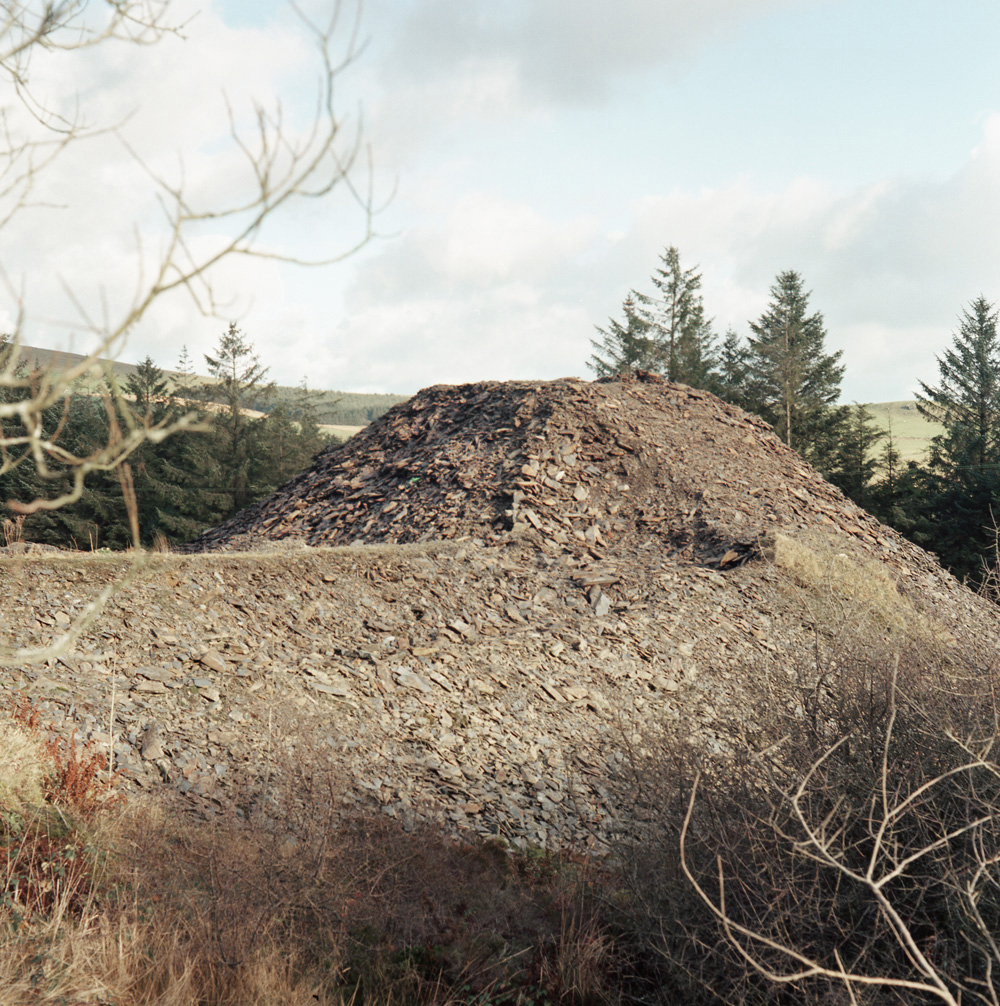
The Preseli Hills or, as they are known locally and historically, Preseli Mountains is a range of hills in north Pembrokeshire, West Wales, mostly within the Park. The Preselis are dotted with prehistoric remains, including evidence of Neolithic settlement.
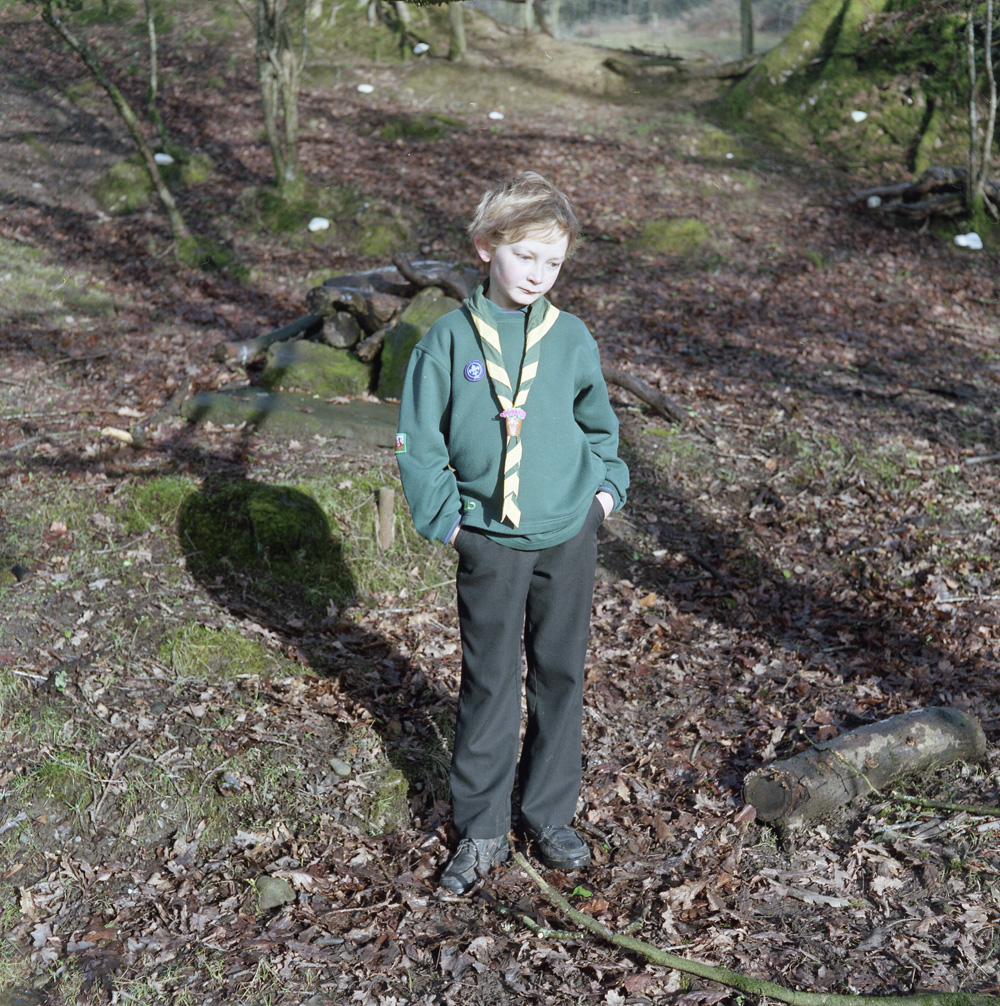
Cub Scouts are young people aged between 8 and 101Ú2 year old. Easily recognized by their distinctive dark green sweatshirt and Group scarf. Here Zach aged 10 and a member of the Carmarthenshire scouts stands in a woodland area nearLaugharne south of the landsker line.
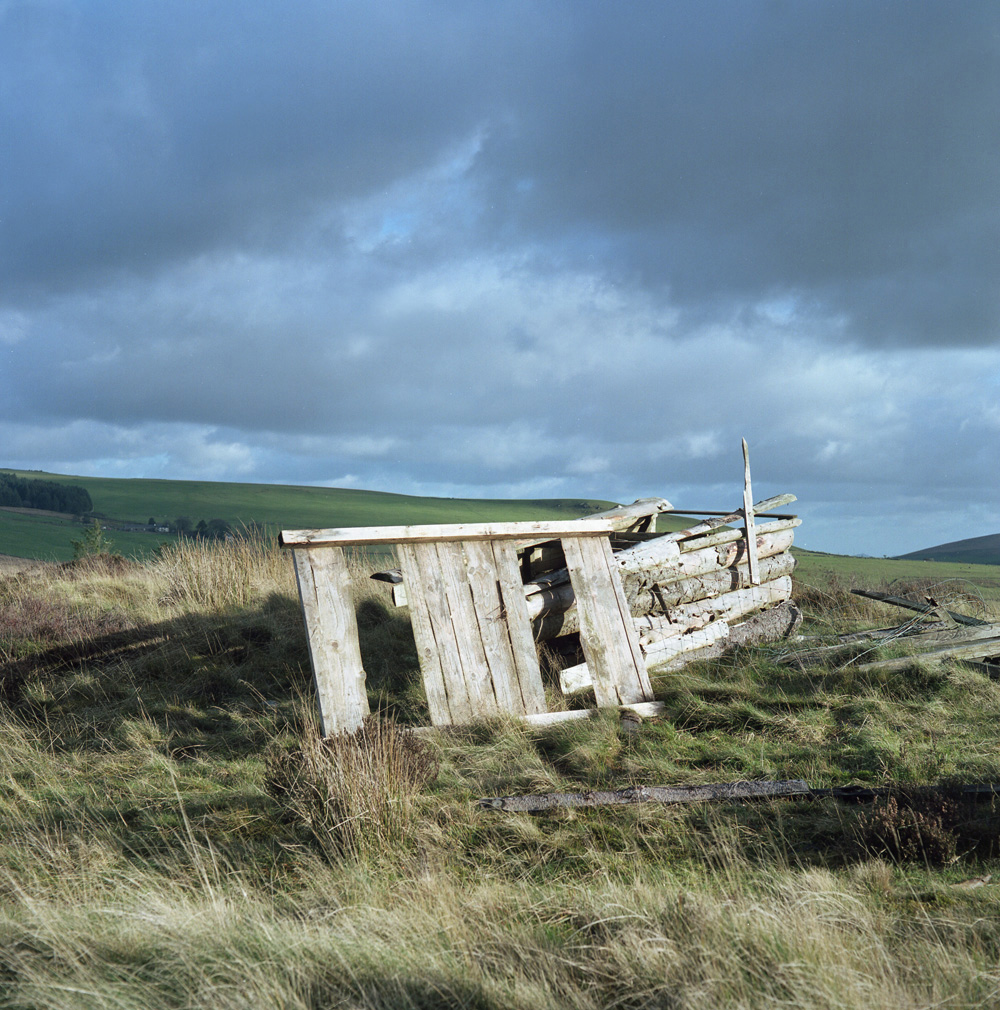
A battered makeshift shelter lies precariously at the top of the Preselli hills.The Preseli Hills or, as they are known locally and historically, Preseli Mountains is a range of hills in north Pembrokeshire, West Wales, mostly within the Park. The Preselis are dotted with prehistoric remains, including evidence of Neolithic settlement.
The Landsker has changed position many times, first moving north into the foothills of the Preseli Mountains during the military campaigns of the Early Middle Ages, and then moving southwards again in more peaceful times, as the English colonists found that farming and feudalism were difficult to maintain on cold acid soils and exposed hillsides.
This body of work is the outcome of a loosely based exploration of the land and the people encountered. A vast majority of this landscape remains untouched and its historic roots and identity are still prominent in the ancient woodland, mountains and lakes that encapsulates the county.
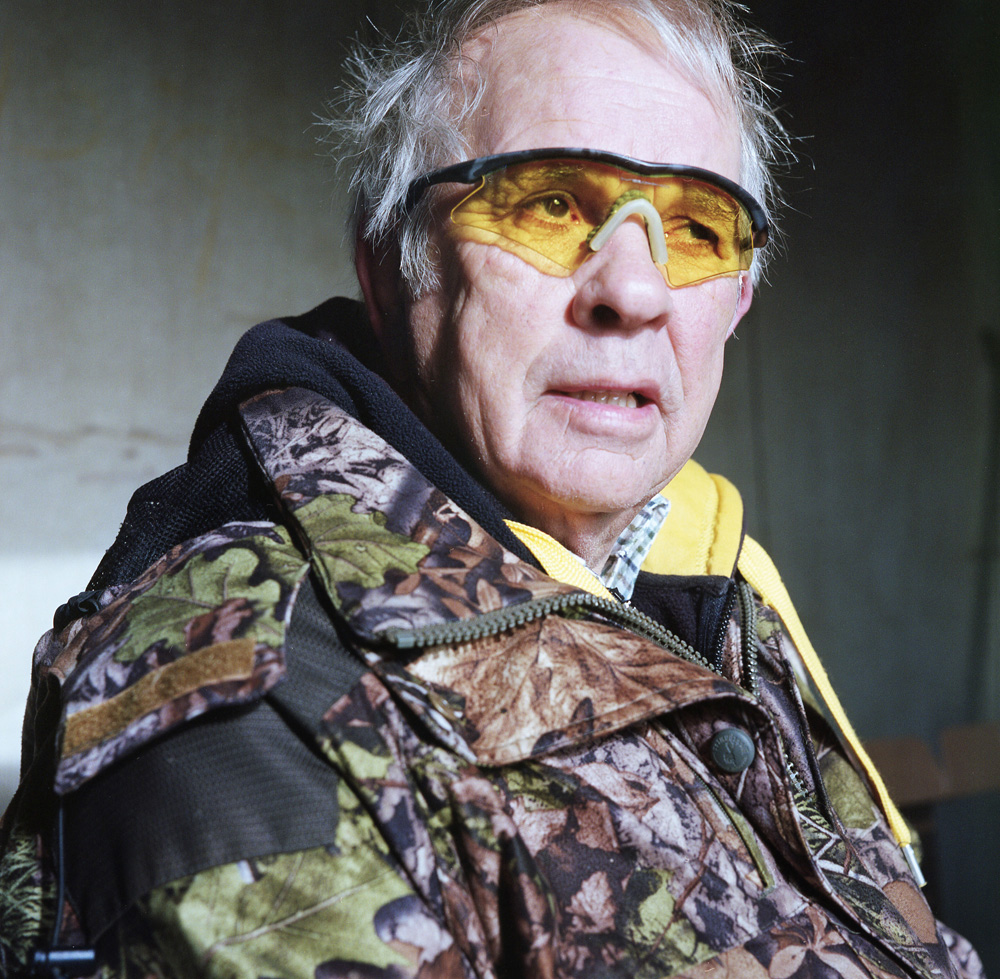
Team Jeffreyston captain Malcolm Tucker of the South Pembrokeshire Clay League rest after a day of competition at the Jeffreyston shooting ground, Kilgetty, Pembrokeshire. Clay pigeon shooting, also known as clay target shooting, and formally known as Inanimate Bird Shooting, is the art of shooting a firearm at special flying targets, known as clay pigeons or clay targets and is a popular pastime in Pembrokeshire.
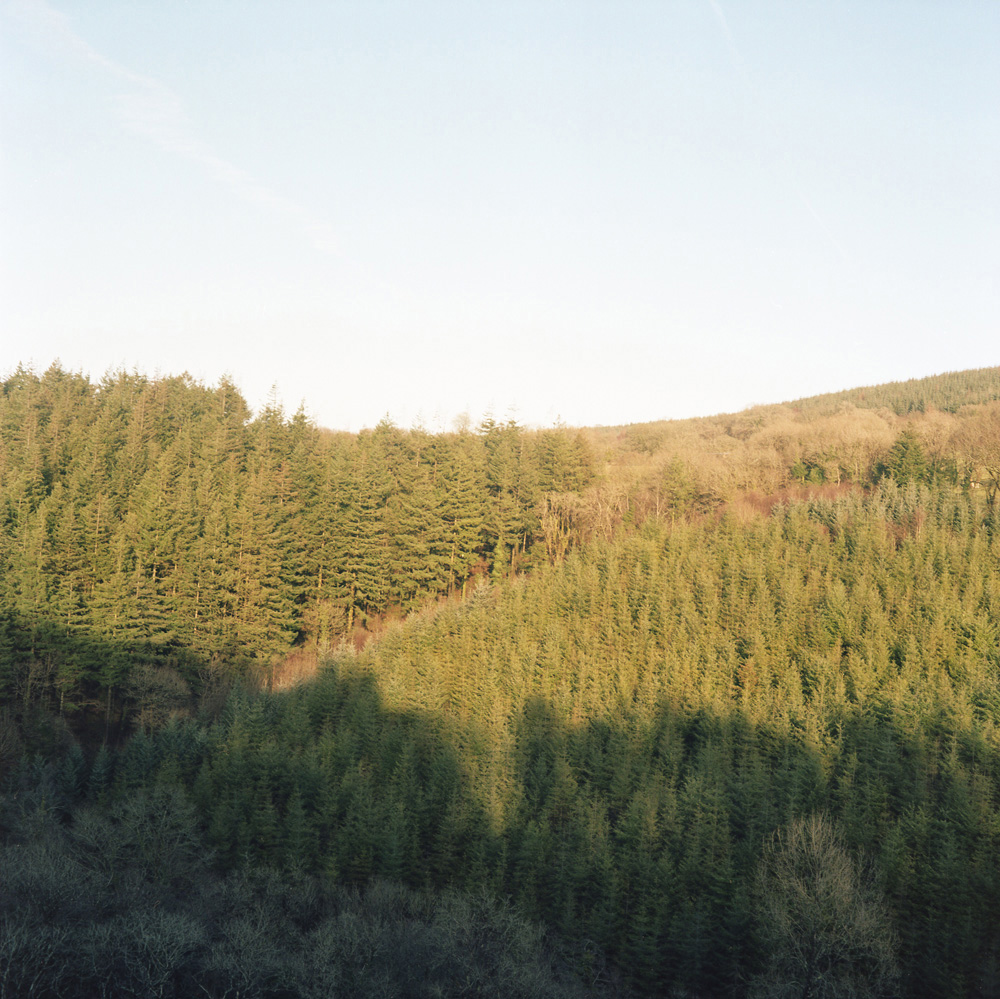
Little pale wood is an ancient and privately owned woodland. The area remains untouched from commercial and human involvement for thousands of years. Here the morning sun accentuates the vibrant greenery of the woodland trees.

The evening sun shimmers through the rugged cliff tops at Lydstep in South Pambrokeshire along the Pembrokeshire coastal path. When walking along the Pembrokeshire Coast Path National Trail you are not just walking through a geographical landscape, youÕre also taking a journey through time. The cliffs were once used as observation points for Norman invaders.

Julie Griffiths moved to the small village of Penally, South Pembrokeshire 4 years ago. She fell in love with the beautiful beaches in the area and the vast open landscape. Here she looks out the window of her flat. The Landsker line is an invisible but definite line that has been present for nearly a thousand years and divides the South West corner of Wales from the rest of the country.
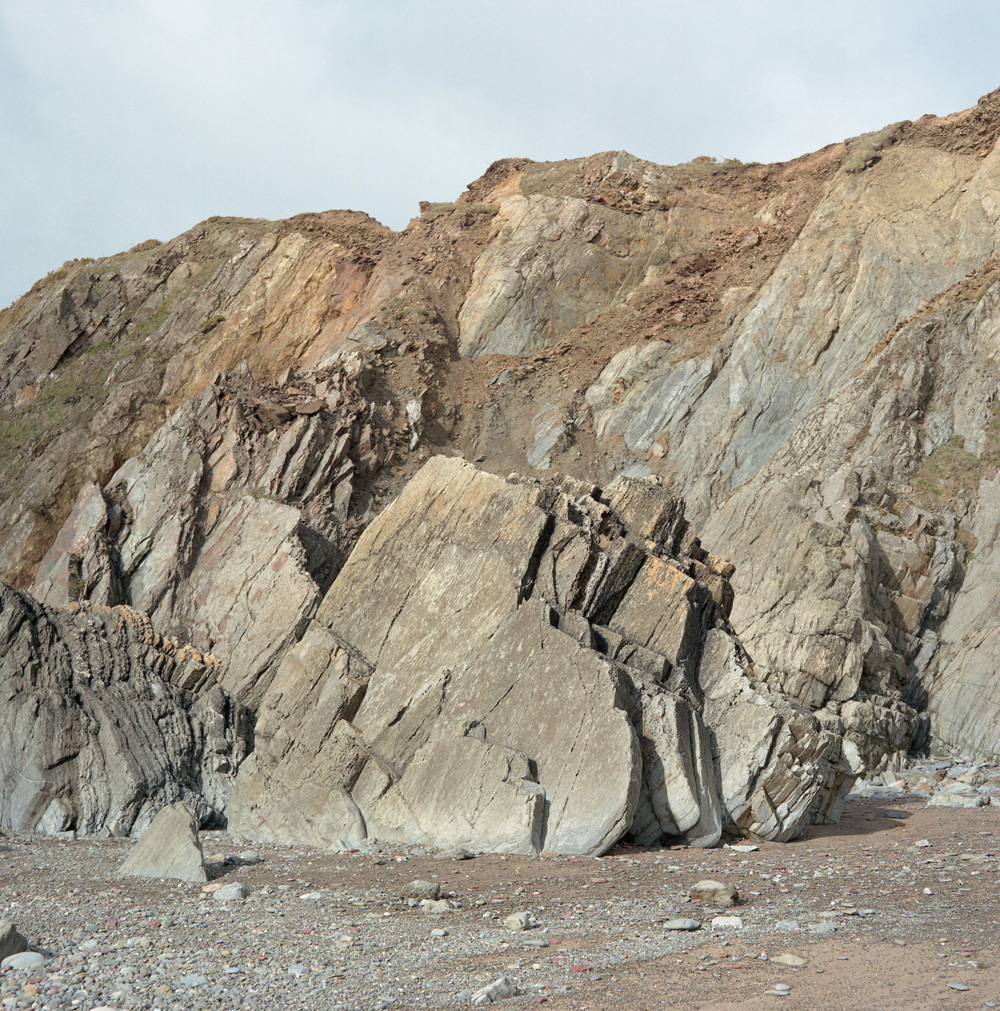
The surrounding cliffs at Marloes Sands are layered with red sandstone and grey shale. Evidence of life dating as far back as 439 million years ago can be seen on various rocks featuring prehistoric marks. The Marloes Peninsula 7 miles (11 km) west of the port of Milford Haven and forms the westernmost tip of the southern shore of St Brides Bay.

A 13-year-old boy stands proud in his scout uniform at a small farm near Laugharne in Carmarthenshire, on the edge of the Landsker line. The Landsker line is an invisible but definite line that has been present for nearly a thousand years and divides the South West corner of Wales from the rest of the country.
To view more of Thomas’ work, please visit his website.